Microsoft’s remarkable rise over the past decade has placed its chief executive Satya Nadella among the most highly compensated corporate leaders in the world.
The company’s latest proxy filing revealed that his total earnings for fiscal year 2025 reached $96.5 million, a 22 per cent increase from the previous year and the largest amount since he took charge of the company in 2014.
The near $100 million package consists of $2.5 million in base salary, $84 million in stock awards, and $9.5 million in cash incentives, alongside smaller components categorised as other compensation, which total around $196,000.
“The Committee shares the views we hear from many shareholders, that Mr. Nadella should be compensated in ways that encourage his continued leadership and drive sustained business growth and shareholder value,” Microsoft stated in its filing.
“In accordance with this view and in contrast to standard market practice, Mr. Nadella’s equity compensation is delivered exclusively through performance stock awards tied to long-term value creation and does not include any time-based equity awards.”
This structure means that over 95 per cent of his compensation is linked to performance benchmarks such as revenue growth, total shareholder return, and long-term market leadership.
How Microsoft grew under Nadella
When Nadella succeeded Steve Ballmer in 2014, Microsoft was largely seen as a maturing software company facing fierce competition from newer cloud-based and mobile-driven enterprises.
A decade later, the company has become one of the world’s most valuable firms, driven by a complete transformation of its business model and product ecosystem.
Under Nadella’s leadership, Microsoft’s revenue has more than tripled — rising to $281.7 billion in fiscal 2025.
Net income has quadrupled to $101.8 billion, while earnings per share have grown fivefold to $13.64. During this period, the company’s market capitalisation has surged by about $3.4 trillion, and total shareholder return has exceeded 1,000 per cent.
The company’s board credited this performance to Nadella and his team’s success in repositioning Microsoft during what it called a “generational technology shift.”
The proxy statement to investors described his tenure as pivotal, noting that Nadella and his leadership team have “positioned Microsoft as a clear AI leader for this generational technology shift.”
The numbers highlighted that transformation. Over the past three years alone, Microsoft’s stock price has more than doubled, rising 23 per cent in 2025.
The company’s market capitalisation is now close to $4 trillion, a level unmatched by nearly any other corporation in the world.
How Microsoft adapted to dominate the AI revolution
The surge in Microsoft’s value and Nadella’s pay are directly proportional to the company’s strategic investments in artificial intelligence.
Since OpenAI launched ChatGPT in November 2022, global enthusiasm for AI has triggered one of the largest capital shifts in technology history.
Microsoft, which had already backed OpenAI years earlier, quickly became the sector’s most influential player by embedding AI capabilities across its product portfolio — from Azure to Microsoft 365 and GitHub Copilot.
Wall Street’s confidence in AI has lifted major tech stocks to new highs. According to Citigroup strategists, nearly half of the S&P 500’s $57 trillion market capitalisation is now significantly exposed to AI-driven businesses.
Microsoft has been at the centre of this rally, benefiting directly from investor belief in its long-term leadership.
The company’s financial results reflect that momentum. Its Azure cloud platform, a core component of its AI strategy, recorded $75 billion in annual revenue in fiscal 2025, a 34 per cent year-over-year rise.
The broader Microsoft Cloud division achieved $168.9 billion in revenue, up 23 per cent from the previous year.
Microsoft now operates 70 cloud regions and maintains over 400 data centres worldwide. The company reports 430 million Microsoft 365 Commercial paid seats, 89 million M365 consumer subscribers, and 1.2 billion LinkedIn members globally.
Alongside its infrastructure expansion, Microsoft continues to push AI integration through its Copilot Studio and Azure AI Foundry services.
The company says that more than 230,000 organisations are using Copilot Studio and 14,000 customers are linked to Azure AI Foundry, although Microsoft has not disclosed how many of these customers are paying users.
How Nadella’s Microsoft pay compares to other big-wigs
The median total compensation for CEOs of S&P 500 companies stood at approximately $17.1 million in 2024, while the average for large technology firms was around $19.3 million.
Nadella’s package, at nearly $100 million, is thus more than five times higher than the average for his industry peers.
“We believe this level reflects Mr. Nadella’s exceptional leadership, the scope of his responsibilities, and the scale, complexity, and performance of Microsoft,” the filing explained.
Among global technology leaders, Nadella’s pay outpaces nearly everyone. Nvidia CEO Jensen Huang, who has also benefited from the AI boom, earned $49.9 million in 2025 — his first salary increase in a decade.
His package consisted of $38.8 million in stock awards, $6 million in non-equity incentives, and $3.5 million covering personal and security expenses.
At Apple, CEO Tim Cook took home $74.6 million in 2024, comprising $58.1 million in stock, $12 million in non-equity incentive plan compensation, and $1.5 million in additional benefits.
Nadella’s top executives have also seen notable pay increases, reflecting similar performance-based structures.
Chief financial officer Amy Hood earned $29.5 million in fiscal 2025, up from $25.8 million in the previous year.
Judson Althoff, who leads Microsoft’s commercial business, received $28.2 million, while Brad Smith, the company’s vice chair and president, earned a similar amount.
Meanwhile, how Microsoft’s workforce has been faring
While Nadella’s earnings highlight Microsoft’s success, they also draw attention to the growing income gap within the company.
The firm disclosed that the ratio of CEO pay to the median employee’s compensation was 480 to 1 for fiscal 2025. The median Microsoft employee earned $200,972 last year.
The contrast has been heightened by workforce adjustments. Earlier this year, Microsoft implemented a series of layoffs affecting as many as 9,000 employees across various divisions, citing the need to streamline operations amid AI-related restructuring.
Critics have argued that this juxtaposition — record CEO pay alongside job cuts — reflects a broader tension between Wall Street-driven compensation models and internal cost management.
Still, Microsoft maintains that the company’s long-term success benefits shareholders, employees, and partners alike.
Some analysts have questioned whether the firm’s AI-heavy strategy can sustain the company’s current level of growth and valuation.
The firm’s extensive spending on AI infrastructure — ranging from cloud servers to data centre expansion — has raised questions about long-term return on investment.
However, for now, Microsoft’s performance metrics remain strong.
With inputs from agencies


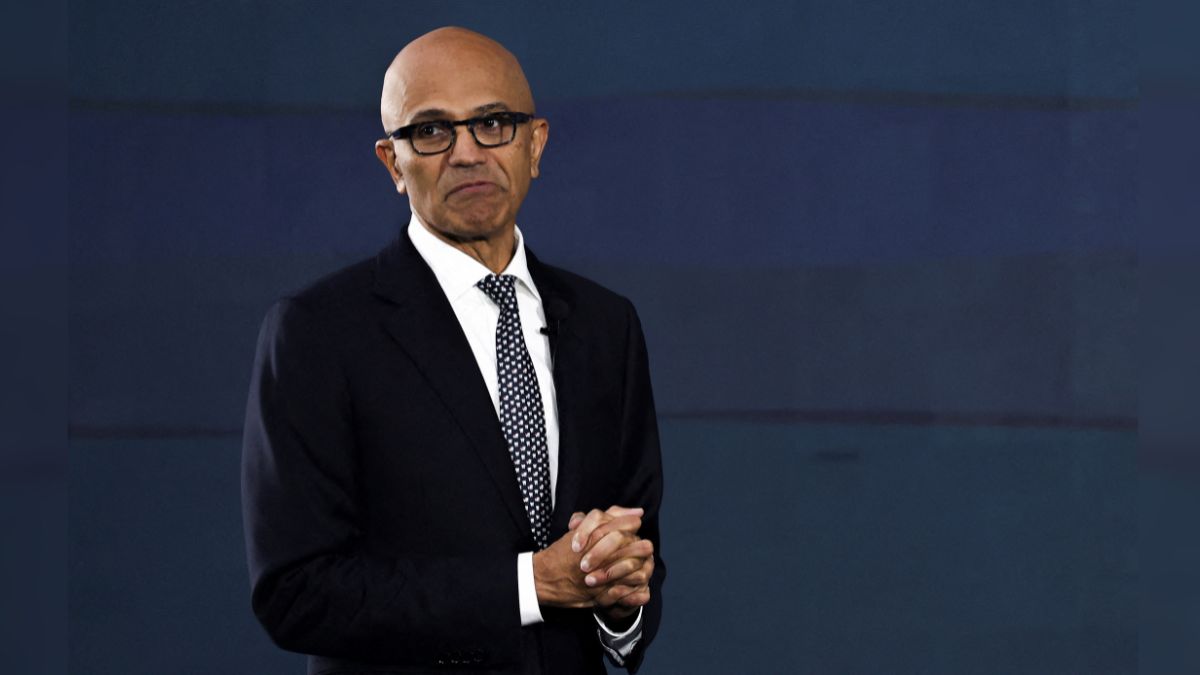)

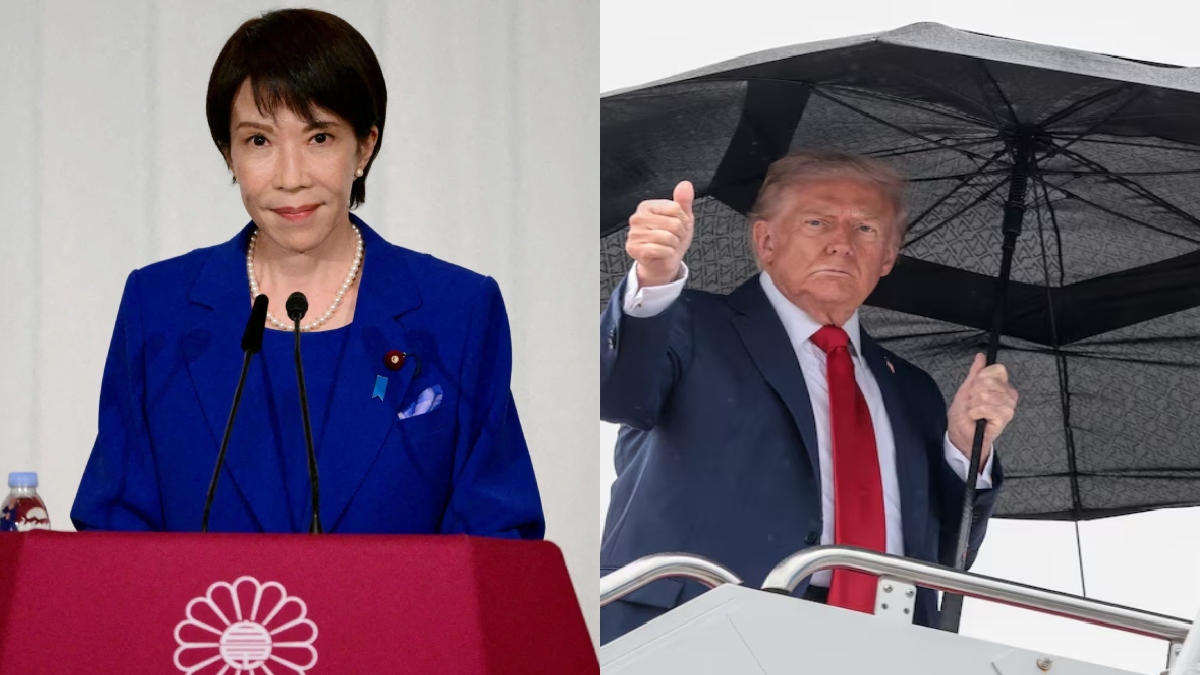)
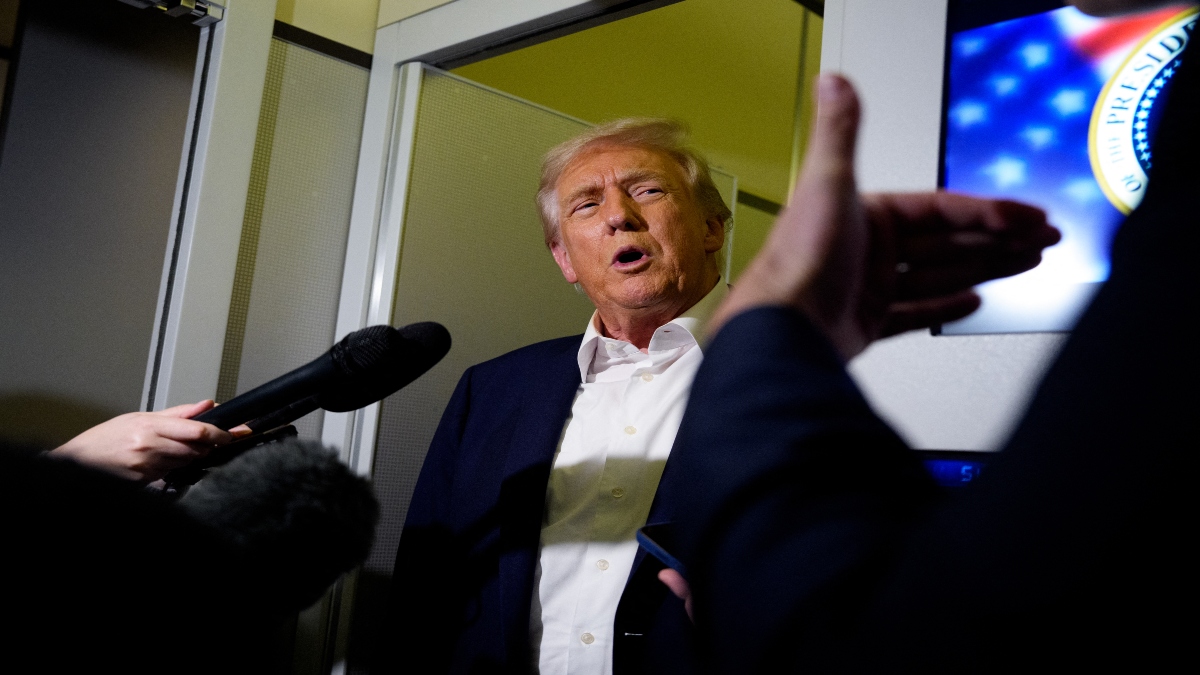)
)
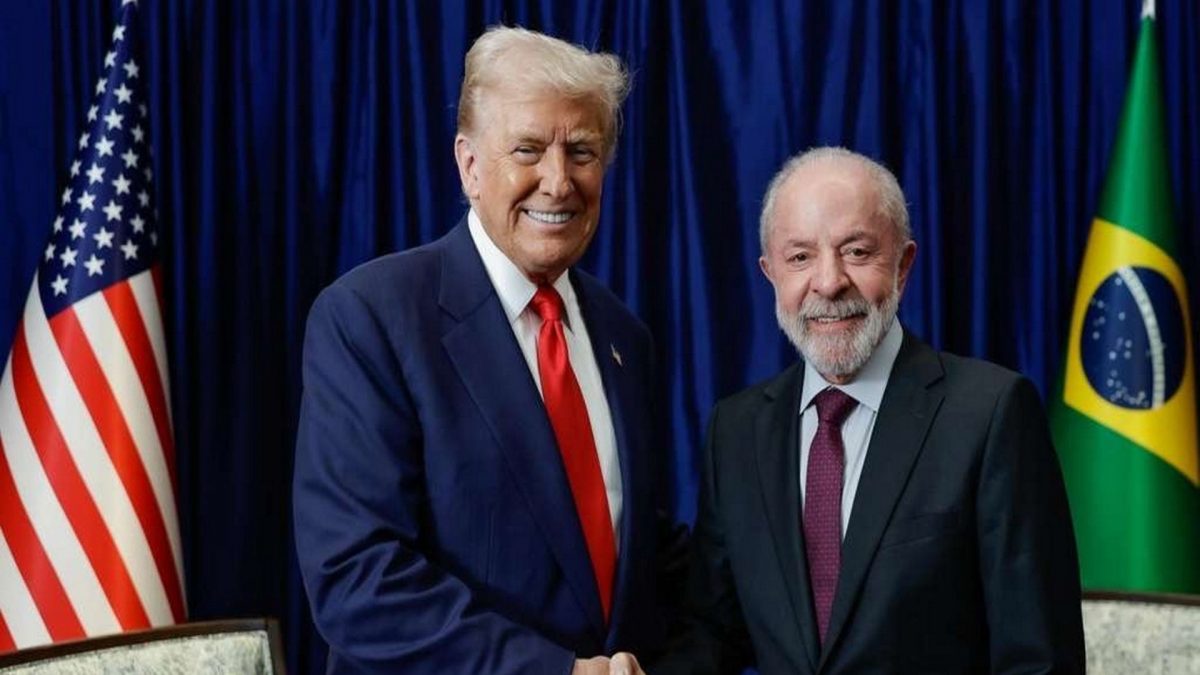)
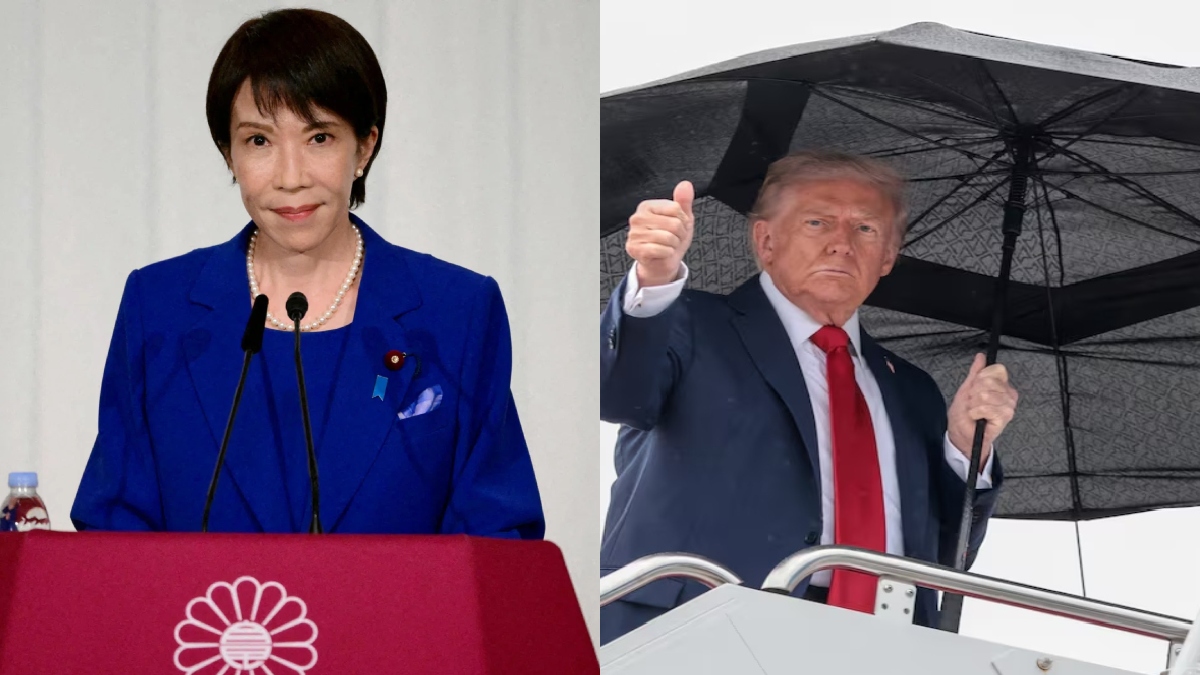)
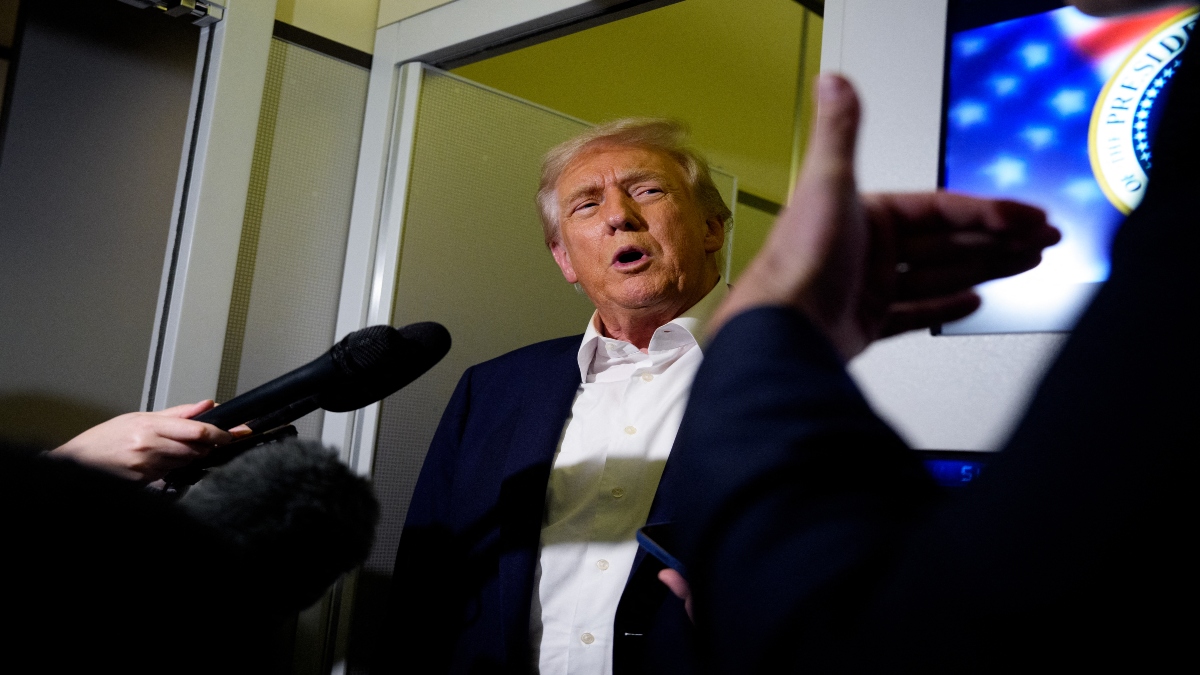)
)
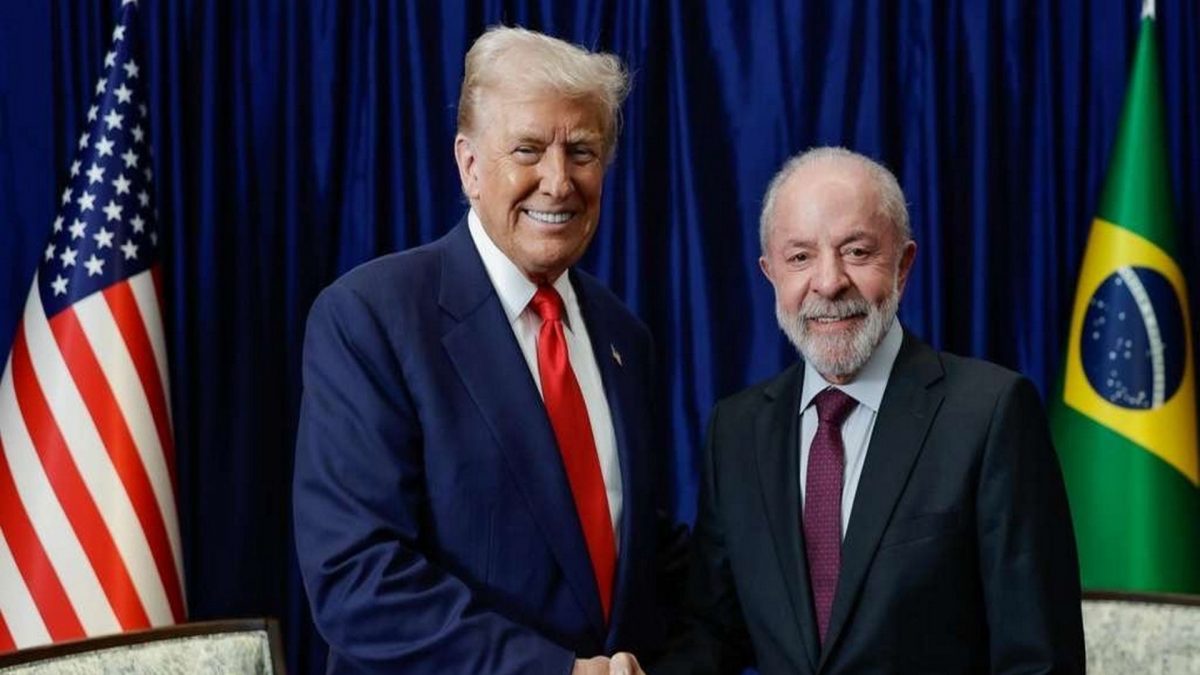)



